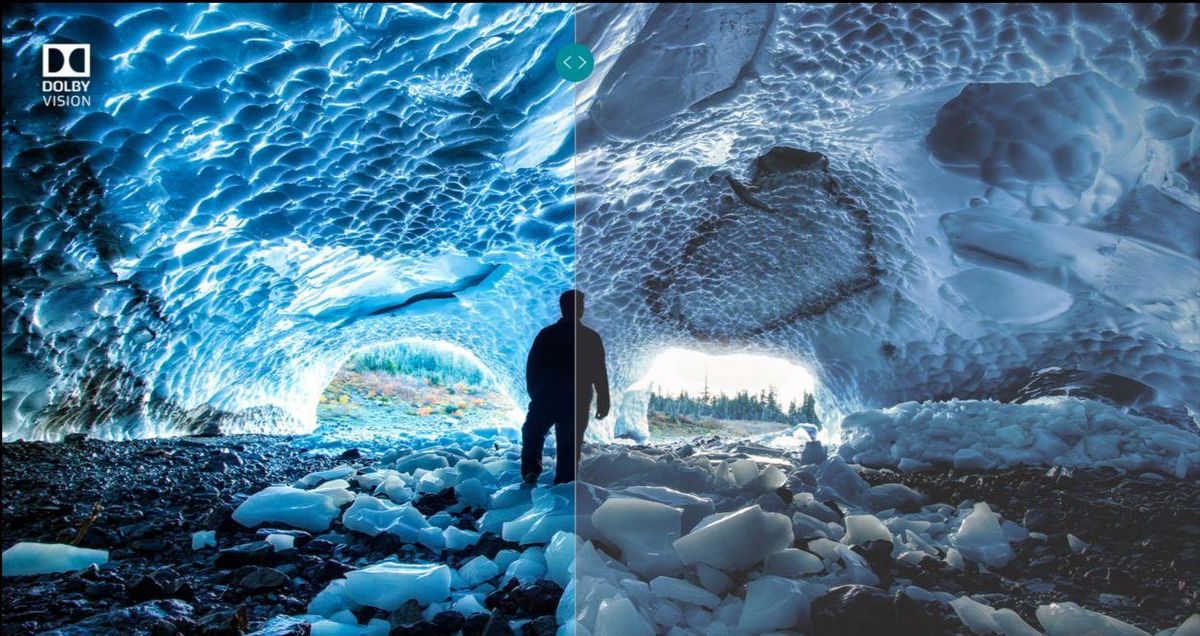SCIENTISTS have found a number of “rogue worlds” that are mysteriously free-floating without a Sun-like star to keep them in place.
Experts observing space with the James Webb Space Telescope have shared a mesmerising new photo showing a young nebula called NGC1333, a star-forming cluster located about a thousand light-years away.

2

2
In the snap, we see glows with dramatic displays of interstellar dust and clouds.
And hidden among it all are three of six suspected rogue worlds, including the lightest ever identified with a dusty disk around it.
It’s not the first time rogue worlds have been spotted – and scientists suspect there could be trillions of them in our galaxy alone.
But these latest findings may offer more clues about how stars are born.
“We are probing the very limits of the star forming process,” said lead author Adam Langeveld, an astrophysicist at Johns Hopkins University.
“If you have an object that looks like a young Jupiter, is it possible that it could have become a star under the right conditions?
“This is important context for understanding both star and planet formation.”
The data indicates that the discovered worlds are gas giants 5 to 10 times more massive than Jupiter, which itself is the largest planet in our solar system.
That means they are among the lowest-mass objects ever found to have grown from a process that would generally give birth to a star like the Sun or brown dwarfs.
“We used Webb’s unprecedented sensitivity at infrared wavelengths to search for the faintest members of a young star cluster, seeking to address a fundamental question in astronomy: How light an object can form like a star?” said astrophysicist Ray Jayawardhana, from Johns Hopkins University and senior author of the study.
“It turns out the smallest free-floating objects that form like stars overlap in mass with giant exoplanets circling nearby stars.”
The telescope is able to spot objects smaller than five Jupiters in size but they didn’t pick any up, giving a strong indication that any stellar objects lighter than this threshold are more likely to form the way planets do, experts wrote in The Astronomical Journal.
And the most intriguing of the rogue worlds seen this time around is a lighter one, having an estimated mass of five Jupiters – or about 1,600 Earths.
There’s a dusty disk which scientists believe means it almost certainly formed like a star, as space dust generally spins around a central object in the early stages of star formation.
“Those tiny objects with masses comparable to giant planets may themselves be able to form their own planets,” co-author Aleks Scholz, an astrophysicist at the University of St Andrews said.
“This might be a nursery of a miniature planetary system, on a scale much smaller than our solar system.”
Surprising facts about Jupiter
Jupiter is the largest planet in our solar system – so big that it could fit 1,000 Earths inside if it were a hollow shell.
Or, as Nasa puts it, If Earth were the size of a grape, Jupiter would be about as big as a basketball.
Jupiter is the fifth planet from the Sun and has the shortest days of our solar system too, with one day only lasting about 10 hours.
As Jupiter is a gas giant, it doesn’t have a true surface as we know it – instead the planet is mostly made up of swirling gases and liquids.
This makes landing a spacecraft impossible – not that you would dare to get too close.
Jupiter’s pressure and temperatures are extreme, so any spacecraft attempting to fly into the planet would be vapourised.
NEW BROWN DWARF
Among their research, astronomers also discovered a new brown dwarf – an object that’s too small to be a regular star and too large to be a planet.
But intriguingly, this one has a planetary-mass companion, a rare finding that challenges theories of how binary systems form.
“It’s likely that such a pair formed the way binary star systems do, from a cloud fragmenting as it contracted.,” Jayawardhana commented.
“The diversity of systems that nature has produced is remarkable and pushes us to refine our models of star and planet formation.”
What is the James Webb Space Telescope?

The James Webb Space Telescope has been billed as the “premier observatory of the next decade.”
The James Webb Space Telescope, nicknamed JWST or Webb, is a large infrared telescope with a primary mirror stretching approximately 6.5 meters.
The telescope launched from the European Space Agency’s spaceport in French Guiana on December 25, 2021 .
Webb serves thousands of astronomers across the globe.
It seeks to collect information about every phase in the history of the universe, including the formation of solar systems capable of supporting life on planets like Earth.
Webb was formerly known as the “Next Generation Space Telescope” but was renamed in honor of former NASA administrator James Webb.
It is an international collaboration between Nasa, the European Space Agency (ESA), and the Canadian Space Agency (CSA).
The telescope features several innovative technologies including a primary mirror made of 18 ultra-light segments that unfold after launch.
Webb’s largest feature is a tennis court-sized sunshield that reduces the heat from the Sun more than a million times.
The telescope’s four cameras and spectrometers boast detectors that are able to record event the faintest signals.








